
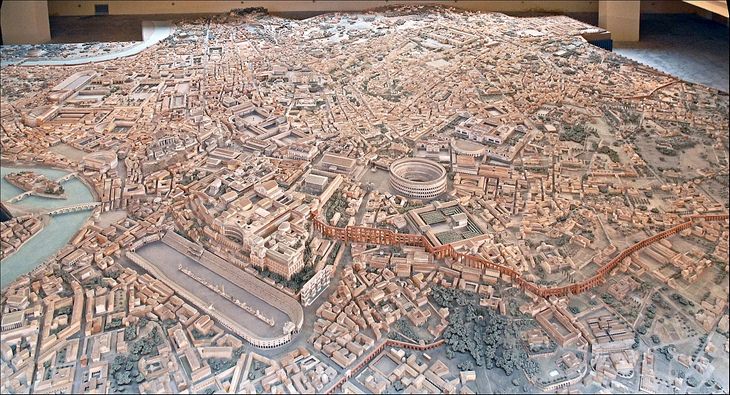 Source: Jean-Pierre Dalbéra
Source: Jean-Pierre Dalbéra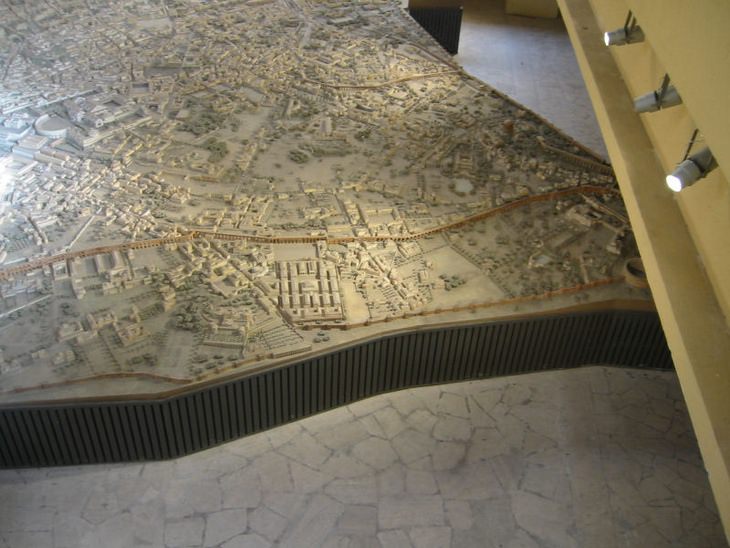
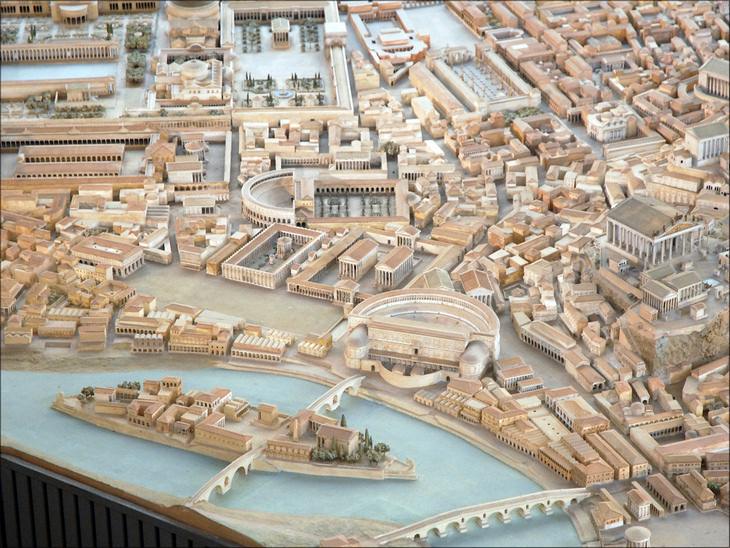 Source: Jean-Pierre Dalbéra
Source: Jean-Pierre Dalbéra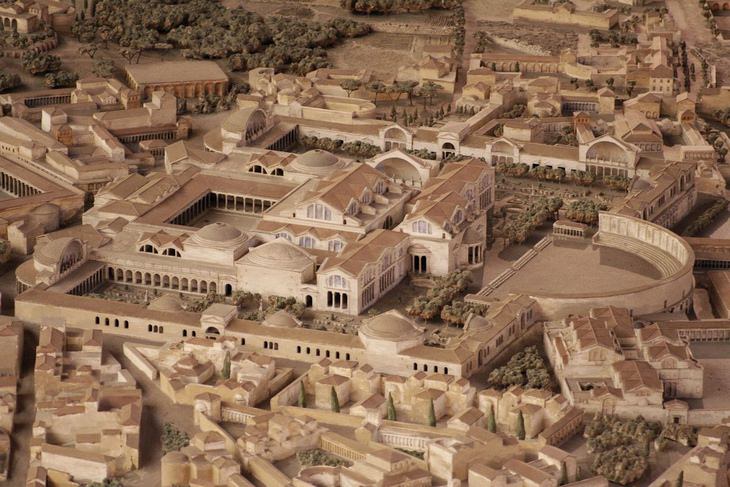 Source: Cassius Ahenobarbus
Source: Cassius Ahenobarbus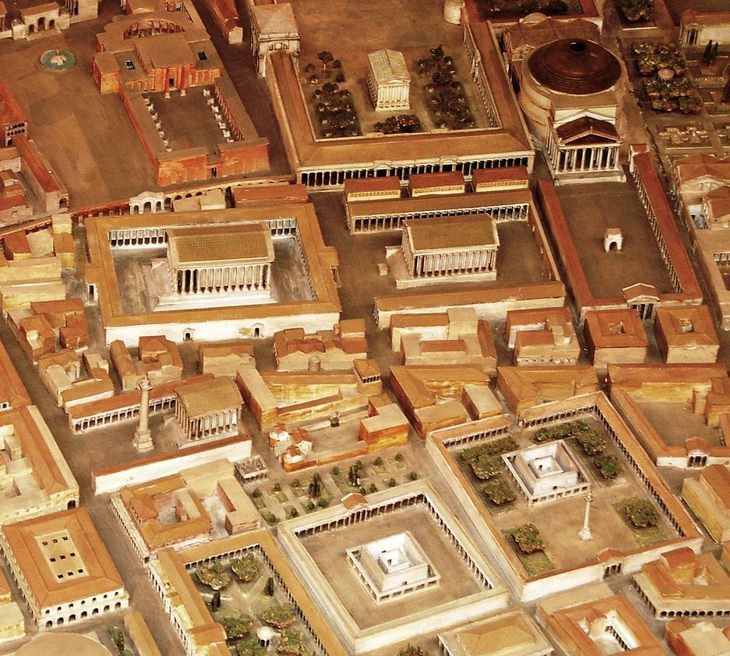 Source: Cristiano64
Source: Cristiano64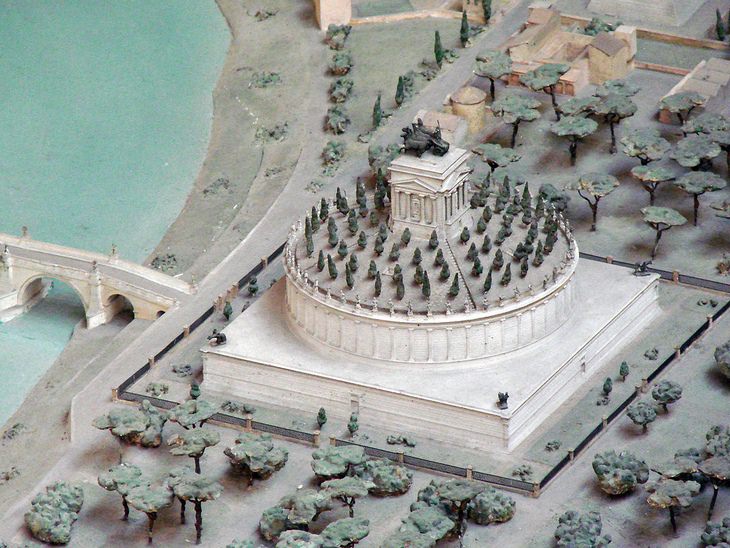 Source: Source: Jean-Pierre Dalbéra
Source: Source: Jean-Pierre Dalbéra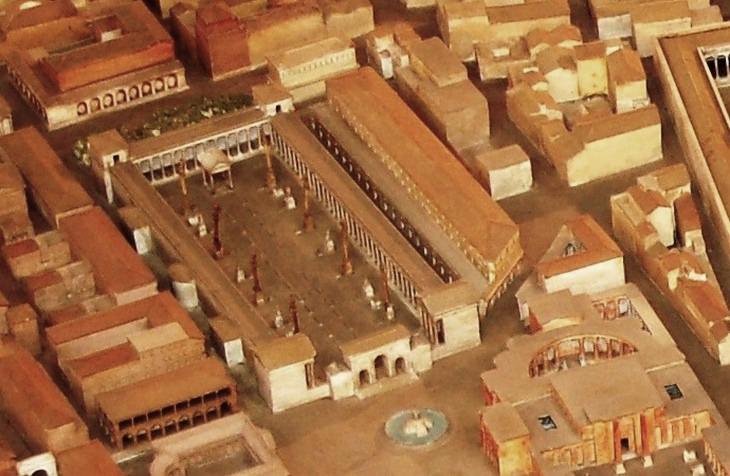 Source: Cristiano64
Source: Cristiano64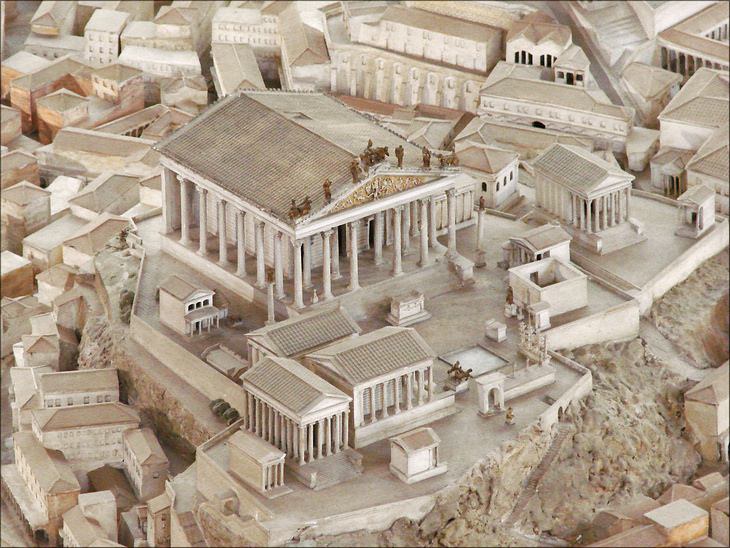 Source: Source: Jean-Pierre Dalbéra
Source: Source: Jean-Pierre Dalbéra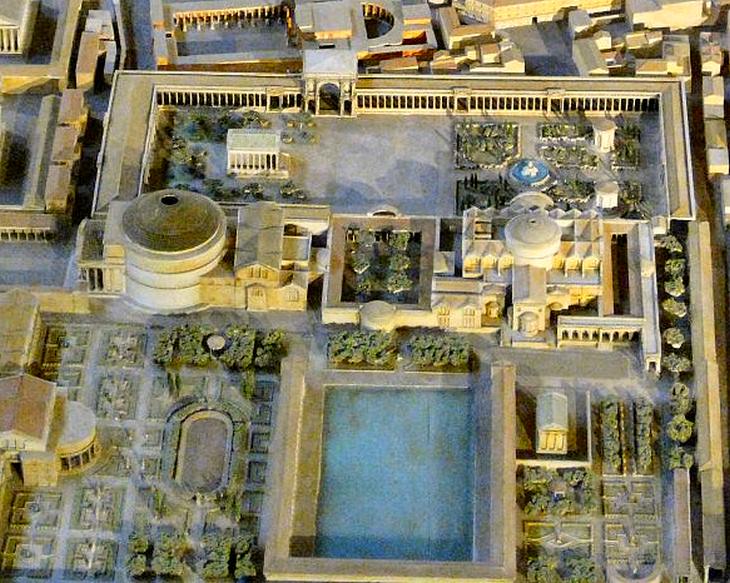 Source: ColdEel
Source: ColdEel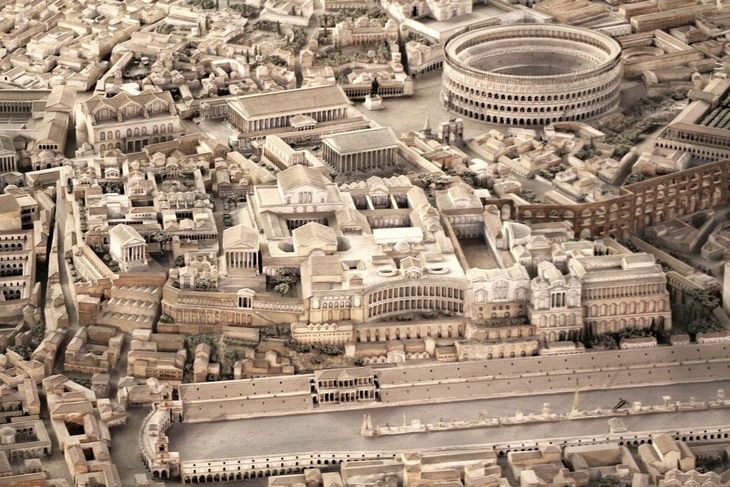 Source: Cassius Ahenobarbus
Source: Cassius Ahenobarbus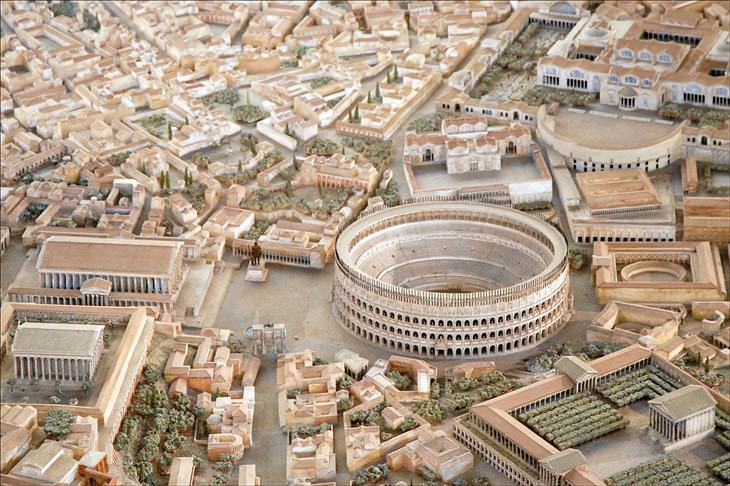 Source: Jean-Pierre Dalbéra
Source: Jean-Pierre Dalbéra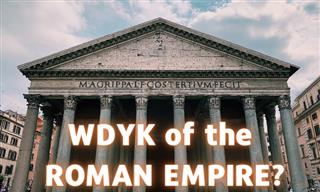
Ancient Rome: What Do You Know About It?
This trivia quiz has 12 questions about the ancient Roman Empire, starting easy but getting much harder towards the end.
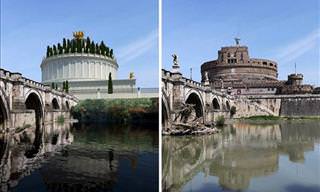
This Is How 11 Ancient Roman Ruins Looked Like In the Past
Very little of ancient Rome remained to this day, but here is a wonderful reconstruction of some of the most famous sighs.
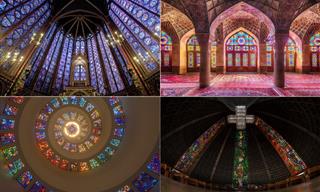
18 Breathtaking Stained Glass Windows in the World
One look at these stunning stained glass windows, and you’ll be swept away into a fantasy of color and light.
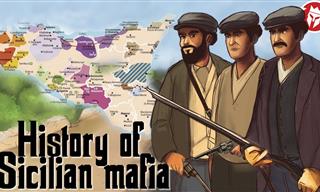 18:27
18:27
What is the Story Behind the Scilian Mafia?
Explore the origins of the Sicilian Mafia, known as Cosa Nostra.

Tatsuya's Miniature Works Beautifully Depict Our Daily Lives
We bring you another collection of works by the miniature-master Tatsuya Tanaka!
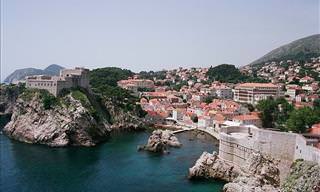
COLLECTION: The Incredible Beauty of Historical Europe
Discover this huge collection of articles dedicated to the beauty of historical architecture and unique places throughout Europe.

With These Piano Concertos You'll Be in Musical Paradise!
With the magnificence of the orchestra and the intimacy of a piano, these 24 classic piano concertos simply have it all!
 3:59
3:59
This Orchestral Masterpiece Will Bring Tears to Your Eyes
Watch Plácido Domingo's incredible version of 'Silent Night' that will bring tears to your eyes!
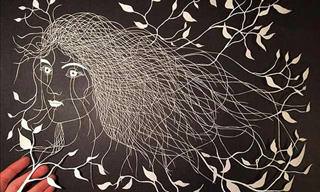
Such Meticulous, Beautiful Paper Art Is Such a Treat To See
The incredibly detailed and stunning paper art of Maude White.
 4:58
4:58
This Famous Song Sounds Even Better in Acapella!
In this video the popular acapella group Pentatonix give an outstanding performance of John Lennon's famous song "Imagine".

These Paintings and Sculptures Have Something to Hide...
Did you know that these famous paintings and sculptures had all of these hidden things incorporated into them? Find out all about them here.
 2:49
2:49
This Adorable Father-Daughter Duo Will Make You Smile
Alexa and Jorge Narvaez are a father-daughter singing team that continue to perform even today. This video was released by them in 2010 and would eventually change their lives for the better.
 2:53
2:53
Watch a Talented Young Dancer Turn the World Upside Down!
Veronika Khistova is only 14 in this video, but she makes everyone laugh with her upside-down dancer routine!
 5:32
5:32
The Best Piano Moments From Every Epic Era of Music
The piano has been a staple in music from the time of Mozart to today, and this beautiful piece gives us a glimpse of every eras piano hits
 6:10
6:10
When Two Masters Play Together, the Magic Is Already There
The music created by these 2 musicians is incredibly soothing and peaceful.

12 Unforgettable Quotes by the Great Alfred Hitchcok
These 12 famous quotes from Hitchcock will leave you pondering life, art, and the art of suspense.
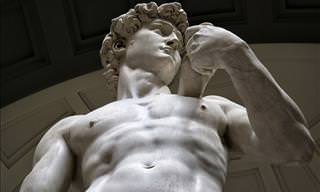
Michelangelo's David Looks Even More Astonishing Up Close
This is the world's most famous statue, but you never realised how amazingly detailed it is - until now!
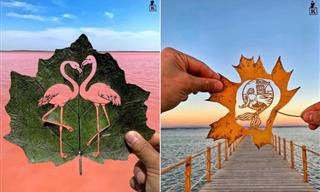
When Art Meets Nature, Beauty Is Born
This artist creates gorgeous cutout art on the most unexpected canvas - leaves - and photographs his artworks in nature

This 91-Year-Old's Beautiful Portraits Touch Our Souls
Why feel bitter about aging when you could just enjoy life? This is the lesson of some wonderful artwork from a mother and son team from Canada.
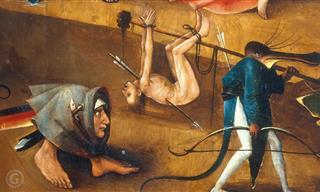 1:51:22
1:51:22
Full Documentary: The Life and Art of Hieronymus Bosch
Join us on a journey through the hellscapes and heavenly realms of Bosch's mind, as we unravel the mysteries behind his haunting masterpieces.

The Most Famous Masterpieces of Leonardo da Vinci
Leonardo da Vinci is widely held to be the greatest visual artist and all-round renaissance man in human history. Here are his 10 most famous art works.
 10:00
10:00
BTG 2024: Woman Wows Judges and Wins Golden Buzzer
Contestant Sydnie in BGT 2024 wows everyone with her song of 'Tomorrow'.
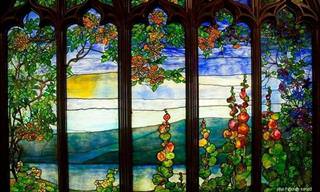
The Most Beautiful and Rare Glass Collection in the World
This museum is full of the beauty of glass making.
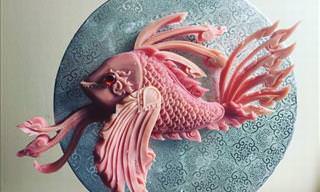
Could You Believe This Art Was Made Out of a Bar of Soap?
Barresi discovered all that he could do with a simple bar of soap.
 4:22
4:22
I Can’t Help Falling in Love with Bocelli’s Elvis Tribute
Watch as the spectacular Andrea Bocelli gives his rendition of an old Elvis classic. His performance made the hair on the back of my neck stand up.
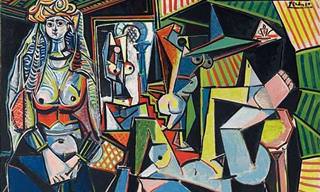
You Won't Believe How Much People Paid For These Paintings
There are some paintings in this world that cost so much money, it's enough to make your eyes water. Here are the most expensive paintings ever sold.
 4:48
4:48
André Rieu Couldn't Believe His Luck with This Performance
Andre Rieu and BOND are such a match made in heaven. I don't think I've ever seen a happier musical performance in my life. This'll put you in the right mood!
 3:55
3:55
This Old Man Kept His Amazing Voice Secret Until He Was 60
When one unemployed 60-year-old Dutch baker's daughter secretly signed up her father to appear on Holland's Got Talent, no one could guess he would win...
 5:27
5:27
André Rieu Joins Forces With ABBA to Amaze and Delight You
What do you get when you join Abba and one of the best classical musicians? A darn good show!

Nostalgia: 12 Great Songs by The Mamas and The Papas
If you're a fan of The Mamas and The Papas, you're going to love this collection of their greatest song.
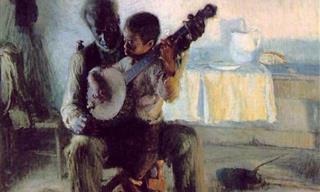
15 Mesmerizing Paintings by Henry Ossawa Tanner
Henry Ossawa Tanner was the first African-American artist to gain international acclaim. Enjoy 15 of his most remarkable paintings.

Elton John’s Hits Absolutely Stand the Test of Time
Sometimes music is all you need to make your day better! Enjoy these timeless hits by Elton John.
 3:27
3:27
100 Years of Dance: a Visual of How Dance Culture Evolved
Decide which is your favorite 20th-century dance genre by watching these dancers reproduce the most popular styles of the past century

Look Closer! These Nature Pictures Are Not What They Seem
The impeccable detail found in these masterpieces make this artist's paintings look more like photographs than works of art.

Incredible! These Dance Performances Will Leave You in Awe
Take a look at our most favorite dance performances in this wonderful collection.
 2:06
2:06
Take it Away, Tiny Dancer!
Amanda Ocampo has captured our hearts and enslaved our eyes with what seems to us as quite simply one of the best child dancers we've ever seen, and she's only 7 years old!
 6:44
6:44
This Japanese Dance Group is Unique in its Coordination!
Watch as dance group Avantgardey amazes everyone on AGT with their precision and doll-like coordinated movements.
 4:23
4:23
Watch This Master of Hoops in Smooth Action!
Valeri Tkach is a world-class juggler who is going to show you some tricks you've never seen before...
 6:41
6:41
This Acrobatic Display is One for the Books!
From Tanzania to America's Got Talent, it was clear the Hakuna Matata acrobatic group were something special.

These Oil Paintings Beautifully Capture Colonial America
Contemporary American artist Meadow Gist magnificently re-imagines Colonial America in her beautiful oil painting, sweeping you away to a bygone time.

The Bold and Powerful Paintings of Georgia O’Keeffe
Georgia O’Keeffe was a talented American painter well-remembered for her bold and vivid works of flowers and desert landscapes.
 6:46
6:46
These Tiny Acrobats Will Leave Your Mouth Wide Open
Here is one of the most beautiful and impressive acrobatic act by the Stars of Beijing's Circus!!
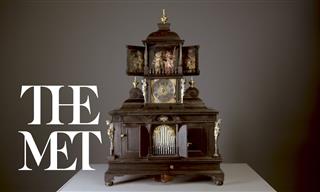 1:23
1:23
This 17th-Century Musical Clock Is a True Marvel!
The Musical Automaton Clock with Spinet and Orga dates back to 1625, and it's absolutely stunning! The clock plays music and features dancing figurines...

I Can’t Believe These Paper Sculptures are Hand-made
American sculptor Jeff Nishinaka creates masterworks out of paper. You won’t believe how detailed his handmade relief paper sculptures are.

10 Life-Changing Books That You Really Must Read!
Every so often you'll come across a book that will change your life. Here are 10 such examples.
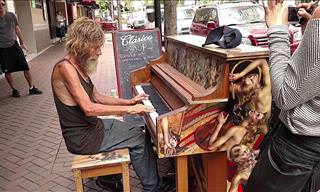 2:26
2:26
This Homeless Man Amazed Everyone Around Him...
No one was expecting this homeless man to have such skills on a piano. When he starts to play, everyone in the vicinity stops to listen.


